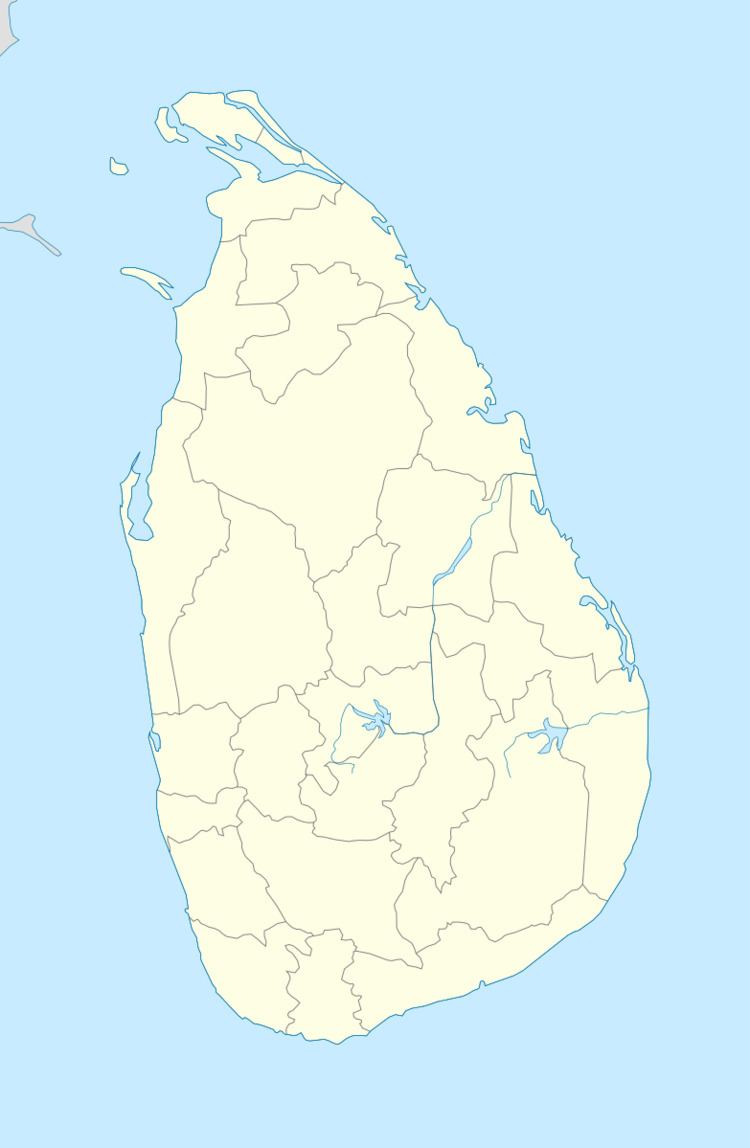Type Defence fort | Condition Remnant Year built 1803 | |
 | ||
Fort MacDowall was located in Matale. It was a fortified outpost during the Kandyan Wars, named after Major General Hay MacDowall, the 6th Commander of British Troops in Ceylon. The fort was one of the few inland forts constructed by the British and was completed in 1803.
During the Matale Rebellion, on 28 July 1848, the fort came under siege by approximately 400 rebels led by Weera Puran Appu and Gongalegoda Banda, but the British forces repulsed the attack. The rebels also burnt down a coffee storehouse and ransacked the Matale Kachcheri destroying the tax records. On 29 July 1848, the then British Governor, Viscount Torrington, declared martial law over the area. British troops (the Ceylon Rifle Regiment), under the command of Captain Albert Watson, were sent from Kandy, on 28 July 1848, together with the 19th Regiment, commanded by Captain Lillie. On 29 July 1848 the British attacked the rebels' stronghold on the Wariyapola Estate, massacring the peasants and subsequently recaptured and occupied Matale’s administrative centre. In the resultant suppression of the resident population, Captain Watson and Captain Lillie rounded up a number of rebel leaders in and around Matale, including Kudapola Sri Rahula Thero, Puran Appu and Gongalegoda Banda. The initial government reports indicated that only thirteen rebels were killed at Wariyapola and a further nine rebels executed and buried within Fort MacDowall. Governor Torrington later admitted "that the total number killed and wounded amounted to little less than two hundred", although unofficially the numbers are purportedly higher.
The only physical remnants of the fort that exist today are the gateway and portion of the ramparts. The interior of the fort is currently used as the Matale cemetery, which includes a monument to the rebellion.
